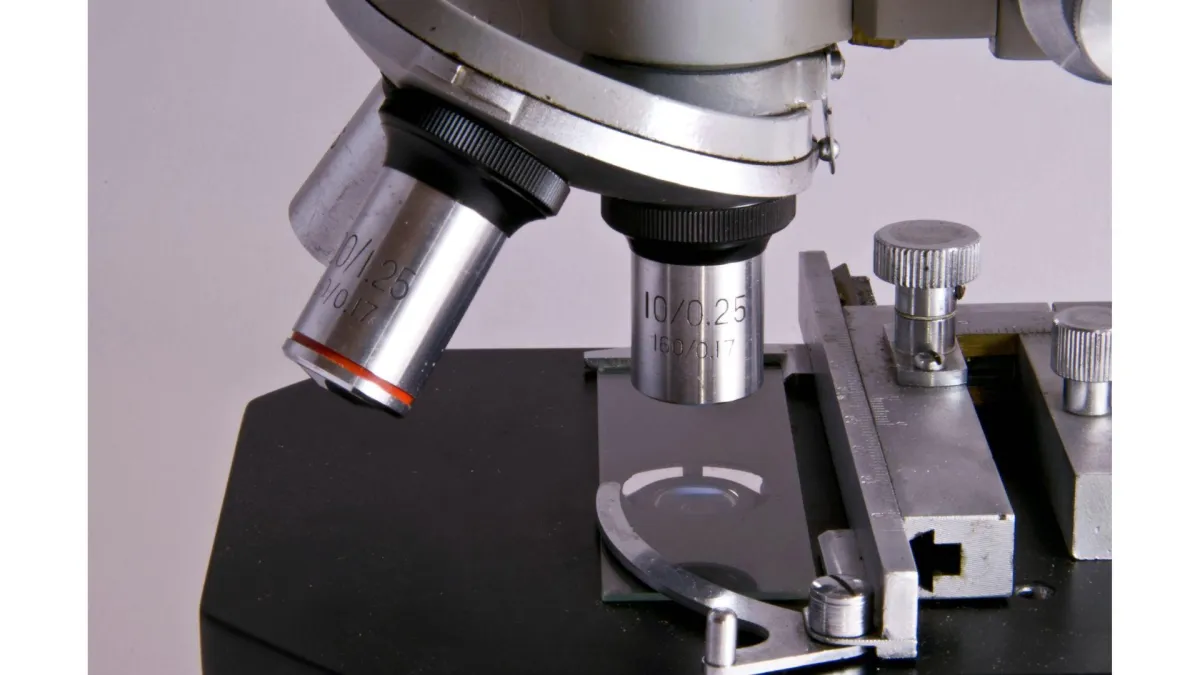
Internal Parasites - Worms
Gastrointestinal worms in the stomach and intestine are without doubt one of the biggest threats to the health and welfare of grazing animals in New Zealand.
These internal parasites live in the digestive tract and lay eggs that are passed out in faeces and hatch into larvae. If these larvae are eaten by animals of the same species, they develop into adults and begin the life cycle again.
It’s a highly successful cycle from the worm’s perspective, but one that can cause serious harm to your animals if not properly managed.
The Impact of Worm Burdens on Animal Health
Unless action is taken, worm burdens in livestock can build to dangerous levels. Infected animals may:
Develop diarrhoea
Become unthrifty and pot-bellied
Lose appetite
Become anaemic
Experience stunted growth or even death
Other diseases and conditions can cause similar signs, so if there’s no response to drenching, consult a veterinarian. For example, lush spring grass or intestinal bacterial infections can also lead to diarrhoea.
Each gram of faeces can contain thousands of worm eggs. While freezing and dry conditions can kill larvae, New Zealand's temperate climate means worm burdens often peak in autumn.
Young Animals Are Most at Risk
Young animals are generally most susceptible, but some species don’t build strong age-related resistance. Goats often remain vulnerable throughout their lives, and horses may not develop significant immunity either.
To understand parasite control specific to your animals, see our species-specific courses on animal care, which explore internal parasites in more depth.
How to Control Internal Parasites on Your Block
Drenching Programmes
When and how often you drench should be decided in consultation with your vet. Overuse of drenches can lead to drench resistance.
Lambs often need regular drenching from weaning in December until May
Goats may require annual drenching throughout life
Horses may need frequent drenching during summer and autumn
Young cattle usually need several drenches during their first summer and autumn
Older stock may need strategic or targeted drenching
Some newer anthelmintics provide longer protection, so fewer treatments may be required. Always factor in withholding periods for meat and milk.
Natural and Pasture-Based Worm Control
Though not always practical on smaller blocks, natural control methods can play a vital role:
Rotational grazing to rest pastures between grazings
Cross-species grazing to break the worm cycle
Lower stocking rates to reduce pasture contamination
Grazing after hay or silage has been cut to reduce worm exposure
For example, grazing sheep after horses can reduce horse-specific worm larvae on pasture.
Combining Drenching and Grazing Strategies
The most effective worm control uses both strategic drenching and pasture management. A well-designed plan will:
Improve animal welfare
Increase productivity
Help avoid drench resistance
Talk with your vet or an experienced advisor to develop a programme that works for your land, stocking rate, and species.
Choosing and Using Anthelmintics
Anthelmintics come in different forms:
Oral drenches (most common)
Injectables
Pour-on treatments for cattle and deer
Long-acting capsules that sit in the rumen for around 3 months
Some, like ivermectin, also kill lice and are known as endectocides.
All are effective when used according to instructions, but correct technique and dosing are critical.
Drenching Technique and Dose
Always follow manufacturer instructions and use the correct dose for the animal’s weight. Underdosing encourages the survival of resistant worms.
After drenching, move animals to low-risk pastures that haven’t been grazed recently by the same species.
Managing and Preventing Drench Resistance
Drench resistance occurs when worms survive treatment and continue to reproduce, making the drench ineffective over time.
To monitor for resistance:
Test dung samples 10 days after drenching
If worm eggs are present, resistance or drenching errors may be to blame
Your vet can help interpret results and recommend next steps
Refugia, the deliberate preservation of some worm populations unexposed to drenches, can help slow resistance. Your vet can advise on how to apply this safely.
A Note on Alternative Remedies
Products like garlic or cider vinegar may reduce egg-laying or support overall health but do not replace proven anthelmintics. They should never be relied upon as your primary worm control method.

